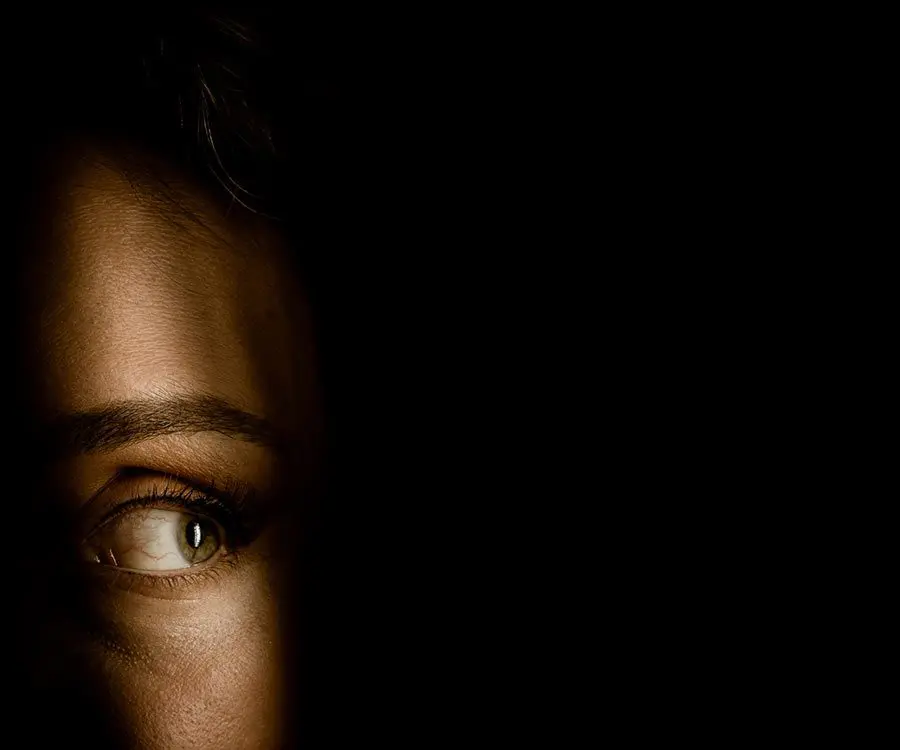
- Eyecare Tips & Tricks

- News
The Three Rare Celestial Events Happening This Friday
Three spectacular celestial events are all happening at once this coming Friday; a Solar Eclipse, a Supermoon, and the Spring Equinox. However while these events will only happen simultaneously once in a lifetime, LaserVision want to stress the importance of not looking directly at the sun, however tempting it may be.
For those experiencing an eclipse for the first time, an eerie darkness will fall as the eclipse slides into place, plunging the UK into a false night like atmosphere and will even cause birds and animals to behave as if it were night time. Lasting for around 2 hours, the first phase of the eclipse will start at 08:24am, reaching its maximum point at 09.30am, and the last phase at 10.41am.
Looking directly at the Sun, even for a short time can leave lasting damage to your eyes in the form of retinal burns and can even cause permanent loss of sight. It is not worth the risk. Although the sun will be partially covered by the moon, it is still highly dangerous to look directly at the phenomenon. Sunglasses, cameras, binoculars, telescopes or make shift filters will not protect your eyes either. Unfortunately there is no safe way to directly view the eclipse other than professional telescope filters and we urge everyone to take care during the event, especially as it is taking place during the morning commute. Alternatively, there are ways to view the eclipse indirectly, click here for more information.
The Supermoon is a more common occurance however and is entirely safe to look at. A Supermoon occurs when the new or full moon look bigger than it normally does because it completes its closest orbit of the Earth. Supermoon’s normally happen between 3-6 times a year, however it is rare that is occurs at the same time of an eclipse. Friday will also mark the Spring Equinox, although this will have no visual impact on the eclipse or Supermoon. The Spring Equinox is when the Earth’s axis will be perpindecular to the sun’s rays, then will start tipping over and make the days longer in the Northern Hemisphere.
Stay safe and protect your eyes this Friday!
Reviews







